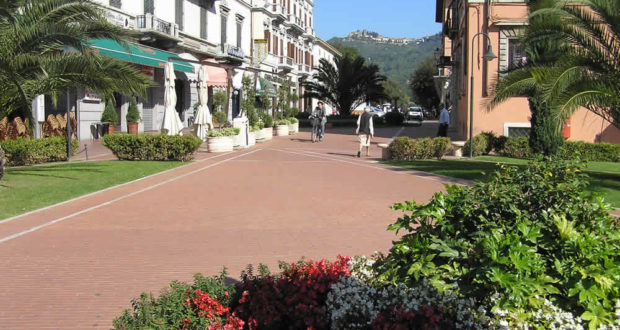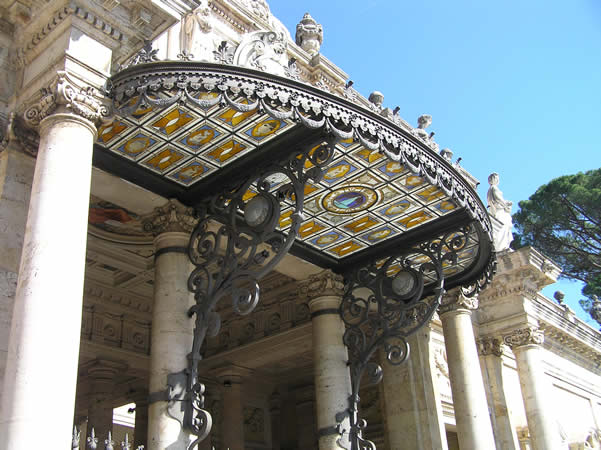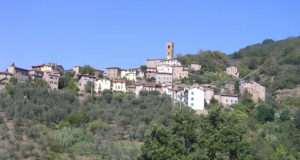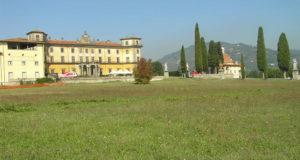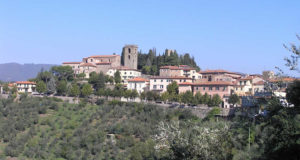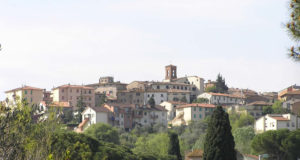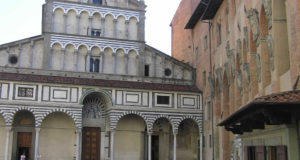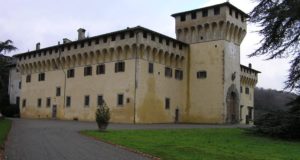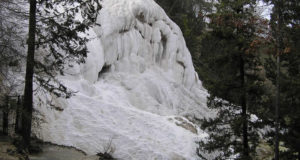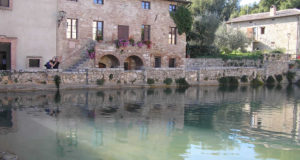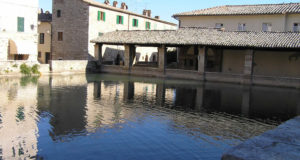![]() Français
Français ![]() Deutsch
Deutsch ![]() Español
Español ![]() Italiano
Italiano
Montecatini Terme, one of the most famous spa tourism destinations in Italy. It is located in the heart of the Val di Nievole, a short distance from the most important art cities of Tuscany such as Florence (40 km), Pisa (50 km), Siena (115 km), Lucca (30 km). Even the sea of Versilia is a short distance away, for example Viareggio is only 50 km away.
A town full of charm and culture, Montecatini Terme is the undisputed Tuscan capital of natural cures and wellness centers where you can spend a regenerating holiday dedicated to well-being, culture and relaxation. Characterized by extensive green parks (the thermal park occupies 460,000 square meters), spas equipped with the most innovative technological solutions, historic buildings and architecture that date back to the belle époque, stupendous spas frescoed and decorated in Liberty style.
THE CAPITAL OF SPAS
Montecatini Terme is a relatively young city which developed between the 19th and 20th centuries, in the past it was called Bagni di Montecatini, and only in 1928 did it take its present name of Montecatini Terme.
The settlement was formed and developed around its most precious asset, its thermal waters, which have beneficial properties appreciated since ancient times and definitively developed starting from the era of Grand Duke Leopold I (Peter Leopold of Lorraine). The Grand Duke carried out a series of interventions on the springs by reclaiming the marshy area, then began the construction of the thermal establishments, first the Bagno Regio (1773, today Regina), then the Terme Leopoldine (1779) and finally the reconstruction of the Tettuccio (1779) .
The thermal baths are famous for the remarkable curative efficacy of the chloride-sulphate-sodium waters, particularly indicated for diseases of the liver, biliary tract and digestive system. The waters currently used are two weak, Rinfresco and Tettuccio, one medium, Regina, and two strong, Torretta and Tamerici.
A visit to Montecatini Terme allows you to immerse yourself in an atmosphere of other times. In fact, between the end of the 19th century and the beginning of the 20th century, the spa became an international center of the Belle Epoque. Frequented by famous artists and personalities of the time including Gioacchino Rossini, Giuseppe Verdi, Arrigo Boito, Giacomo Puccini, Arturo Toscanini, Enrico Caruso, Ruggero Leoncavallo, Pietro Mascagni, Richard Strauss, Gabriele D’Annunzio.
LIBERTY ARCHITECTURE
This period was reflected in the architecture of Montecatini, which is inspired by the style in vogue at the time: Liberty. Starting from Piazza del Popolo, it is possible to follow a route along the wide Viale Verdi that allows you to admire the most characteristic buildings of the time, including: the Locanda Maggiore and the Gran Caffè Gambrinus inaugurated in 1931, which became one of the most popular.
The Politeama theater today Cinema Teatro Imperiale. The Town Hall with its splendid stained glass windows; the Cinema Excelsior. The Tamerici Pavilion. The former casino and gran café, today the Excelsior Thermal Center. The Terme Leopoldine which collect, in a large crater of over 22 meters in diameter, the hottest water of all. Terme Torretta and Terme Tamerici, where the Circolo dei Forestieri has maintained its character as a place of culture and as a venue for exhibitions, concerts, conferences and meetings.
THE TETTUCCIO SPA AND THE REGINA SPA
At the end of the avenue, the gaze is attracted by the imposing facade of the Tettuccio spa. Among the 11 thermal establishments of Montecatini, the most impressive is undoubtedly that of the Tettuccio, very rich in decorations, with historic rooms including the Sala del Caffé which, with its period furnishings, frescoes by Giulio Bargellini and landscapes by Maria Biseo it is certainly one of the most spectacular places. Other very beautiful rooms are the Writing Room decorated by Giuseppe Moroni and the surprising “gallery of beverages”, with ceramic panels on the seasons of life, by Basilio Cascella.
Another imposing building is the Regina Thermal Establishment, whose waters, conveyed in a circular temple, reach a large hall preceded by a monumental portico. Other places to visit are the eclectic-style Kursaal Casino Theater; the villa Il Rinfresco, with majolica friezes; historic hotels such as the Plaza-Locanda Maggiore or the prestigious Grand Hotel La Pace; the house of Ruggero Leoncavallo; the Academy of Art, which houses works of art created by Galileo Chini, Renato Guttuso, Messina, Léger, Annigoni and the piano that Giuseppe Verdi played when he came on vacation to Montecatini.
 Borghi di Toscana Guida ai borghi e ai paesaggi della Toscana
Borghi di Toscana Guida ai borghi e ai paesaggi della Toscana
